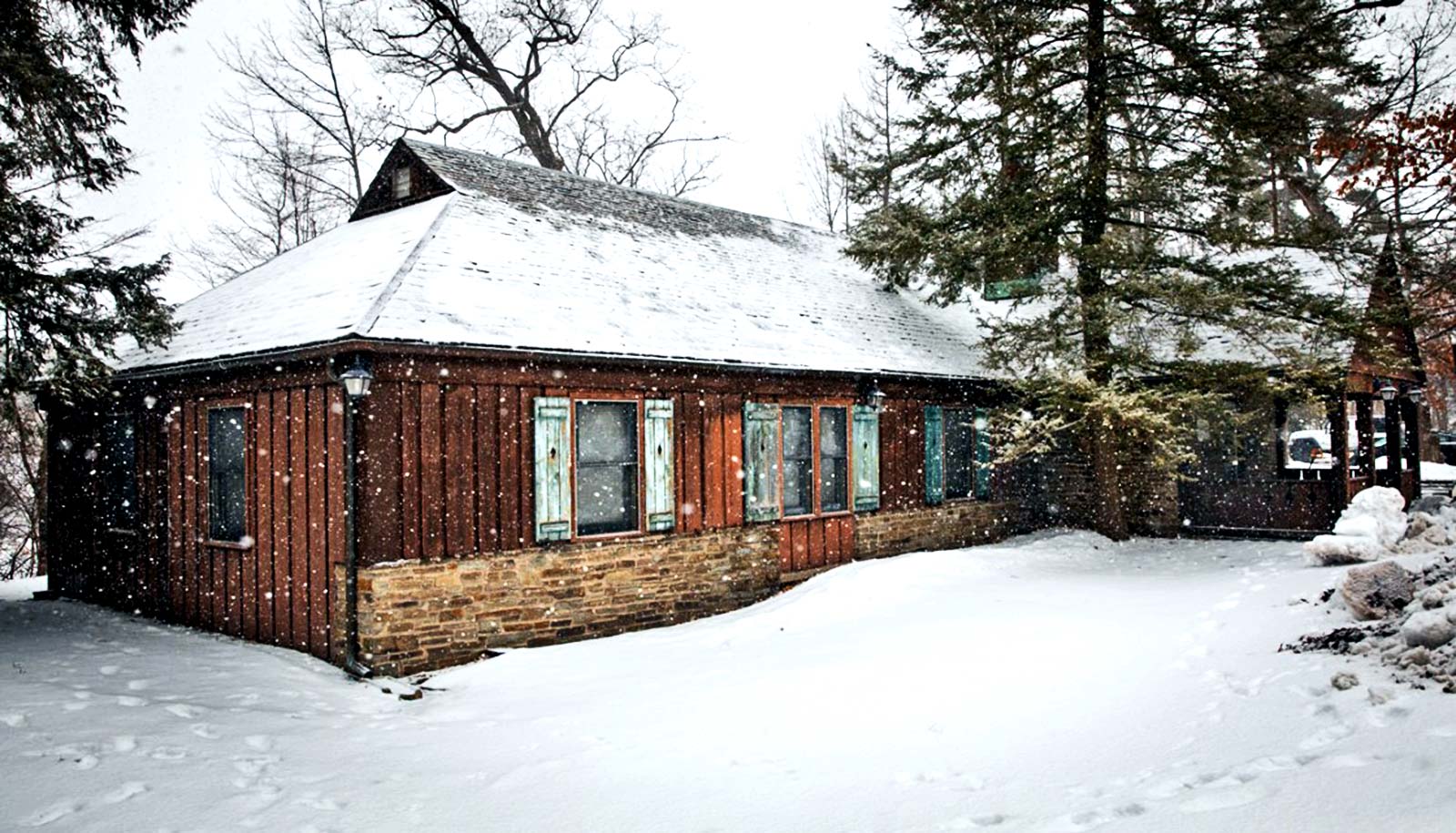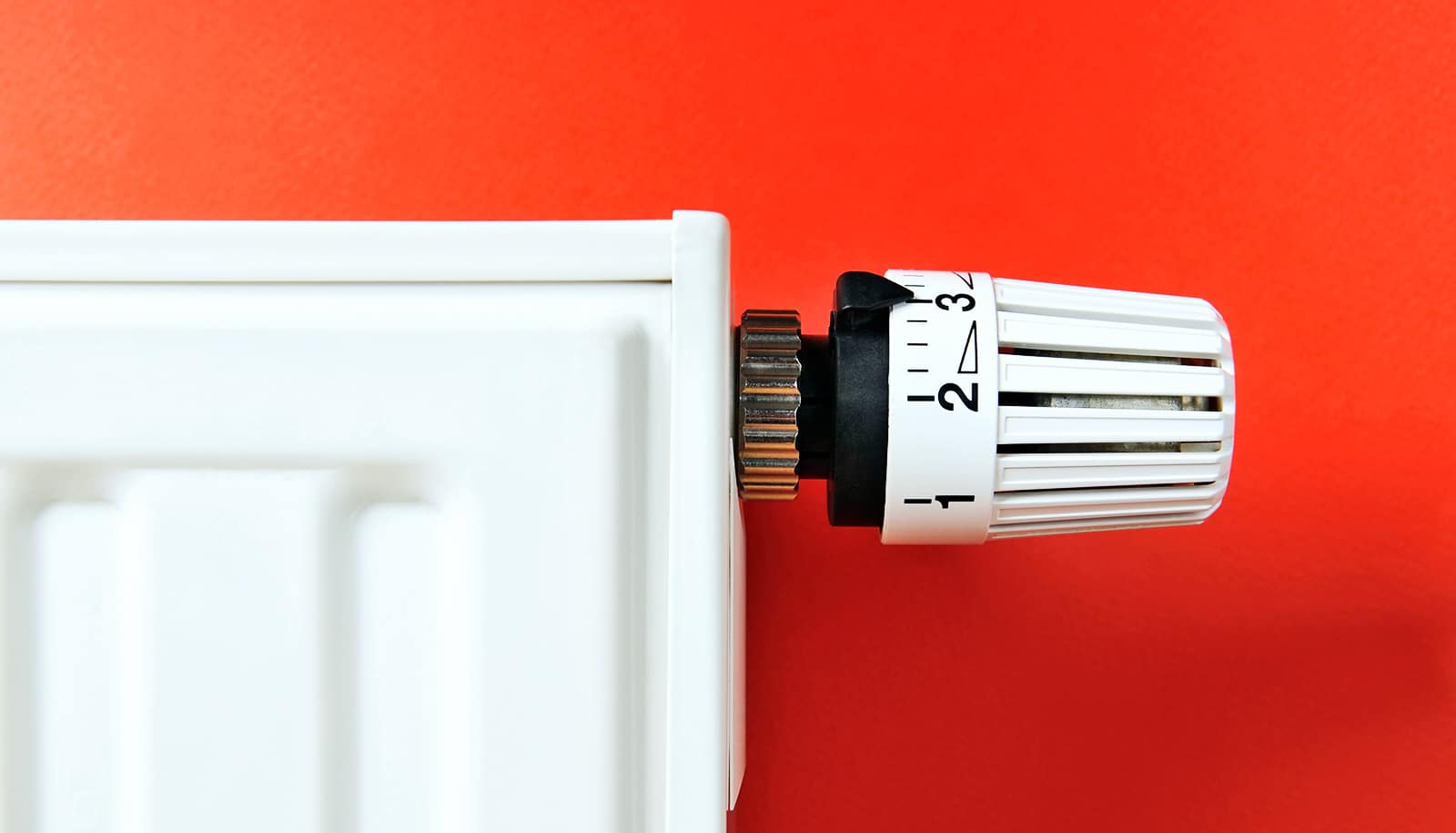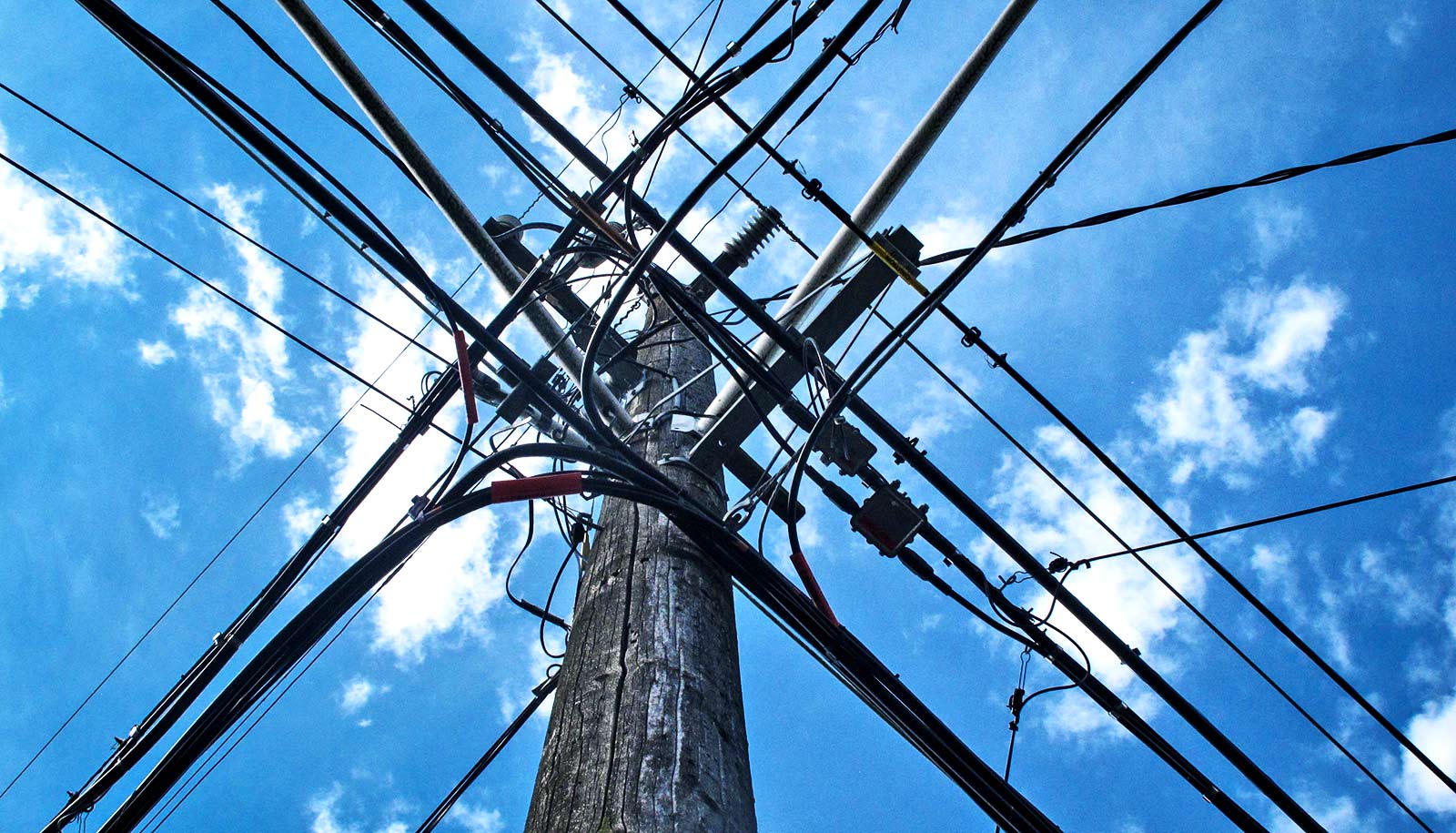Using machine learning to improve weather forecasts could help save energy, according to new research.
If the forecast calls for rain, you’ll probably pack an umbrella. If it calls for cold, you may bring your mittens. That same kind of preparation happens in buildings, where sophisticated heating and cooling systems adjust themselves based on the predicted weather.
But when the forecast is imperfect—as it often is—buildings can end up wasting energy, just as we may find ourselves wet, cold, or burdened with extra layers we don’t need.
The new approach predicts the accuracy of the weather forecast using a machine learning model trained with years’ worth of data on forecasts and actual weather conditions. The researchers combined that predictor with a mathematical model that considers building characteristics including the size and shape of rooms, the construction materials, the location of sensors, and the position of windows.
The result is a smart control system that can reduce energy usage by up to 10 percent, according to a case study using Toboggan Lodge, a nearly 90-year-old building on the Cornell University campus.
Smarter homes
“If the building itself could be ‘smart’ enough to know the weather conditions, or at least somehow understand a little bit more about the weather forecasting information, it could make better adjustments to automatically control its heating and cooling systems to save energy and make occupants more comfortable,” says Fengqi You, a professor in energy systems engineering and coauthor of a paper on the system in the Journal of Process Control.
“For instance, if I know the sun is going to come up very soon, it’s going to be warm, then I probably don’t need to heat the house so much. If I know a storm is coming tonight, then I try to heat up a little bit so I can maintain a comfortable level,” You says.
“We try to make the energy system smart, so it can predict a little bit of the future and make the optimal decisions.”
A team of master’s students helped to develop the Toboggan Lodge case study, in addition to collecting years’ worth of historical weather and climate data to train the machine learning model.
With this information, the model can detect uncertainty not just in temperature but in precipitation, sunlight, and differences in conditions by location. Based on the level of uncertainty in the forecast, the model adjusts itself accordingly.
“Even the best weather forecasting system is not going to give you the most accurate information,” You says. “Plus, the weather forecast information is usually for a certain region but not a specific location.”
A solution for imperfect forecasts?
Toboggan Lodge provided an interesting case study because it is small, simple, and old enough that its heating and cooling systems are relatively easy to retrofit.
Combining the machine learning algorithms and the mathematical programming methods creates a control system that’s more accurate and “smarter” than either of them would be on its own, You says.
The framework has potential applications in building control systems and irrigation control in agriculture, and could lead to more efficient indoor environmental control in vertical farms and plant factories that are increasingly popular in large cities.
“We don’t have a perfect way to forecast the weather, so the best thing we can do is combine AI and mechanistic modeling together,” he says. “These two parts have never before been harmonized in a systematic way for automatic control and energy management.”
Source: Cornell University



